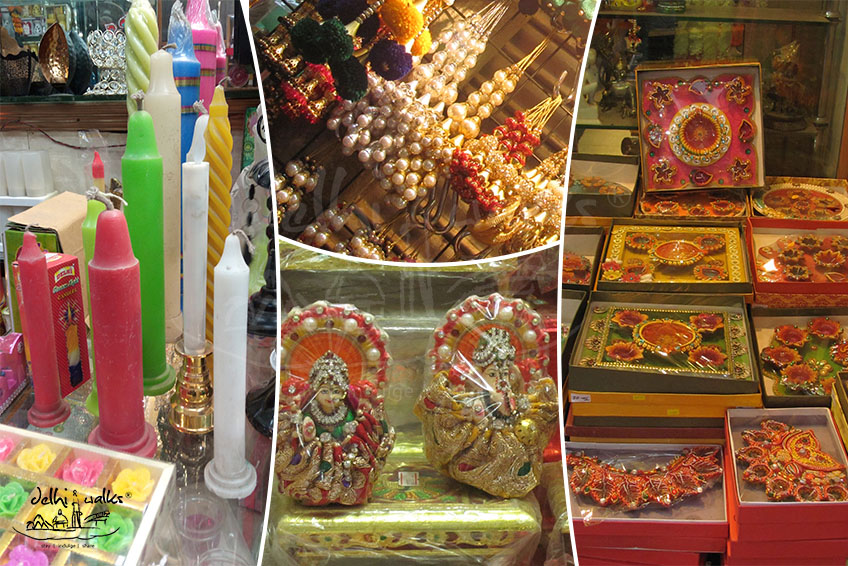The auspicious 9 days of Hindus: Navratri experience
Navratri, which literally translates as nine nights, are the nine auspicious days for Hindus where they worship different aspects of Goddess Durga in different parts of India. A normal Navratri festival includes ritualistic puja, fasting as well as elaborate celebrations for nine consecutive days. The festival follows a lunar calendar that is why there is never a fixed date for Navratri any year. The main theme which circulates in Navratri is the triumph of good over evil. The experience is out of the world as you see the cultural amalgamation and get to experience the different versions of the same festival differently.
Goddess Durga is the epitome of power, purity, and an embodiment of a supreme Goddess. The sgoddess has nine aspects and thus this festival is dedicated to the worship of these aspects. Each aspect is celebrated every day and thus makes it a nine day long festival.
The origins of this festival can be traced back to the Vedas. Durga, a combination of trinity of goddesses, which includes goddesses like Saraswati, Parvati and Lakshmi are also worshipped with goddess Durga.
A simple Navratri celebration would include thousands of people from villages and cities gathering in one small shrine to pray in front of the god. It is important that the thoughts and mind is pure though out these nine days. Chanting of mantras and folk renditions of bhajans are a usual phenomenon during these nine days. All these nine days, the only thing that the devotees wish for is strength to fight against the evil. There are fasting rituals as well attached to these nine days. While some refrain from any sort of cooked food, and live on fruits and milk, the adopt meals prepared without the use of onion and garlic.
Different parts of the country celebrate differently. While in East, especially in West Bengal, people celebrate the Goddess Durga version, where huge idols are made, with beautiful pandals , and celebratory mood sets in. In Gujarat, people perform community dances which are called Dandiya and Garba respectively, though out the night. With colorful and elaborate dresses for both men and women, Dandiya is indeed the time when the whole community comes together for merriment.
The whole city of Delhi waits for Navratri celebrations as there is a riot of colours, and celebrations all around. While we keep saying, Delhi is the show window to all the cultures of India, the nine days in Delhi are spent fasting, feasting, and many celebrations. The whole city is decked up with different vibrant colours, women come out in their best of the sarees, men and children wear their traditional attire. Don’t be amazed if you see some women wearing saree not in the usual manner, they are portraying a fraction of the different styles of saree draping.




